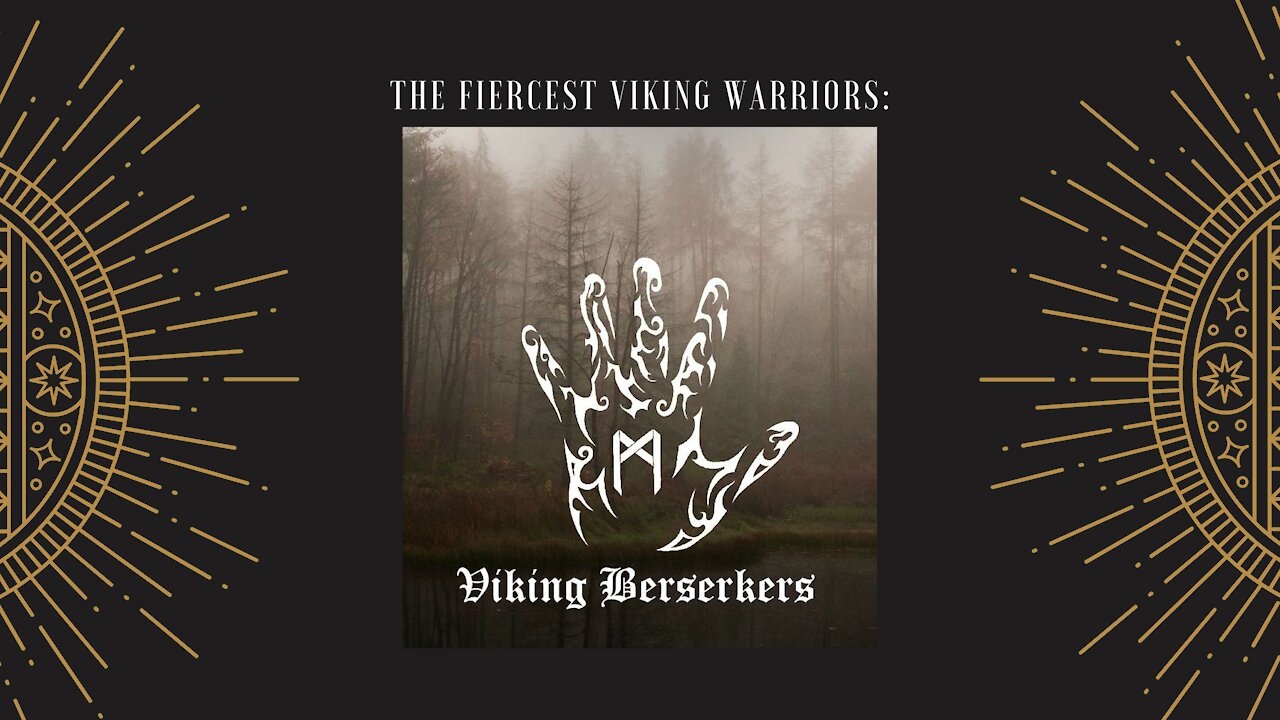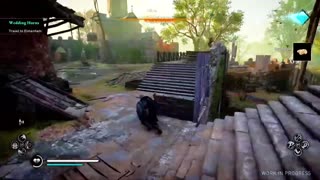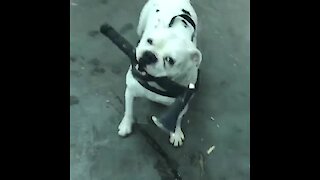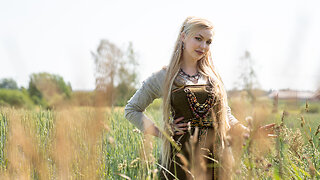Premium Only Content

The Fiercest Viking Warriors-Berserkers
The Fiercest Viking Warriors:The Berserkers
-In the Old Norse written corpus, Berserkers (or "berserks") were said to have fought in a trance-like fury, a characteristic which later gave rise to the modern English word "berserk." Berserkers are attested to in numerous Old Norse sources, as were the Úlfhéðnar ("wolf-coats").
-The Berserkers are particularly violent, wild, blood thirsty and battle crazy Norse warriors.
-The English word berserk is derived from the Old Norse words ber-serkr (plural ber-serkir) possibly meaning a "bear-shirt"— a wild warrior or champion of the Viking age.
-The element ber- was interpreted by the thirteenth-century historian Snorri Sturluson as "bare", which he understood to mean that the warriors went into without armour. This word is also used in ber-skjaldaðr that means "bare of shield", or without a shield. Others derive it from berr (Germ, bär = ursus, the bear); Snorri's view has been largely abandoned.
-It is proposed by some authors that the northern warrior tradition originated in hunting magic. Three main animal cults appeared: the bear, the wolf, and the wild boar.
-In sea battles they were usually stationed at the prow, to take the leading point of an attack.
-In the battle of Hafrsfjord, c872, berserkers appear as shock troops for Harald Hårfagre (Finehair), in groups of 12.
- In his book Germania, the historian Tacitus describes correspondingly fantastic elite warriors among the German tribes in northern Europe.
-“Berserkers roared where the battle raged, wolf-heathens howled and iron weapons trembled”.-Torbjørn Hornklove, 9TH CENTURY
-It is proposed by some authors that the berserkers drew their power from the bear and were devoted to the bear cult.
-The Úlfhéðnar (singular Úlfheðinn), another term associated with berserkers, mentioned in the Vatnsdæla saga, Haraldskvæði and the Völsunga saga, were said to wear the pelt of a wolf when they entered battle.
-The boar-warriors fought at the lead of a battle formation known as Svinfylking ("the boar's head") that was wedge-shaped, and two of their champions formed the rani ("snout").
-
 0:24
0:24
ROMARIO11
4 years agoViking Cut & Braids
118 -
 0:11
0:11
ROMARIO11
4 years agoViking Haircut £30
1351 -
 3:56
3:56
johnson2
4 years agoViking Raid Scenes - Assassin's Creed Valhalla
133 -
 4:36
4:36
WFTS
4 years agoViking Festival | Morning Blend
25 -
 2:10
2:10
KMTV
4 years agoViking delivers orders from Little Scandinavia in metro
19 -
 1:41
1:41
KTNV
5 years agoDeadly shooting on Viking Road | Breaking news
43 -
 0:43
0:43
princesspugwhiteknightbulldog
5 years ago $21.71 earnedCrazy axe-wielding bulldog channels inner viking
3.13K1 -
 6:09
6:09
Truly
5 years ago $1.23 earnedI’m A Real Life Viking Queen | HOOKED ON THE LOOK
11K3 -
 1:54
1:54
WTMJMilwaukee
4 years agoViking Cruises to make stop in Milwaukee in 2022, set to bring thousands of tourists to the area
11 -
 1:02
1:02
WTMJMilwaukee
4 years agoBrett Favre FINALLY retires (August 3rd, 2010)
19